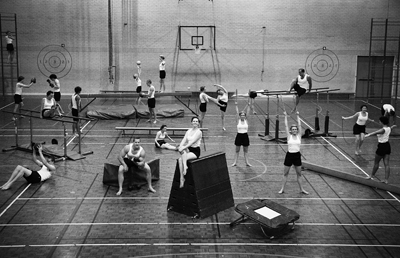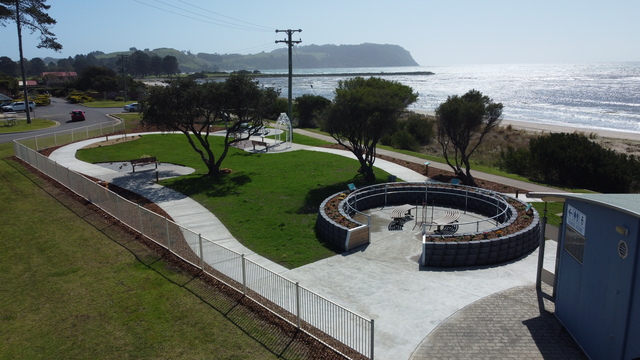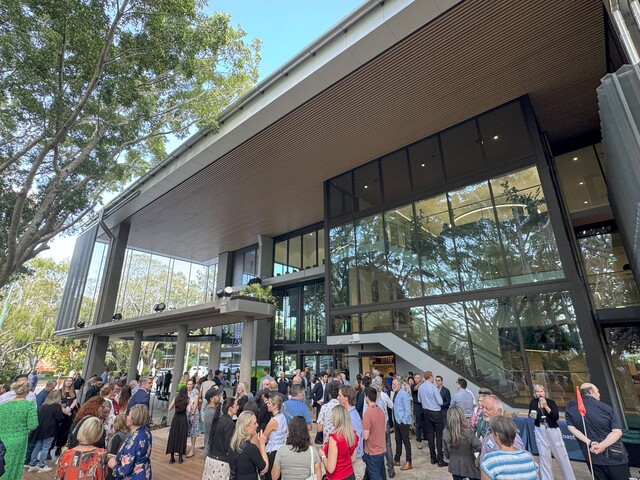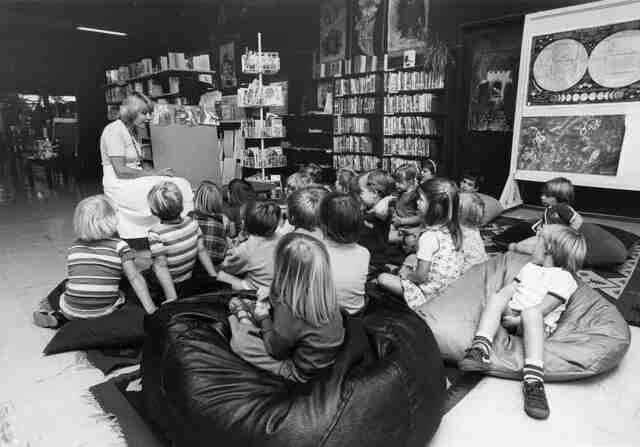Liverpool City Council’s cultural hub, the Casula Powerhouse Arts Centre, is host to a unique project that looks at the complex issues relating to women and sport through the lens of art and culture.
The ‘Women in Sport’ initiative incorporates three main components that work together in an innovative study of the relationship between women and sport. The three components of the project include:
• the ‘Onside’ Exhibition (running until the 24th March) — a landmark contemporary exhibition that showcases a collection of artworks that look at women and sport
• the ‘Girls Get Active’ Schools Gala Day (on 8th March) — high school girls will attend an exclusive Inspirational Speakers Session and Q&A with prominent Australian women athletes
• the Women in Sport Forum (on the 15th and 16th March) —a two–day forum led by high-profile representatives from the sporting and arts industries, discussing the ‘Onside’ exhibition, women’s participation in sport, the role of parenting an athlete, the relationship between sport and art, femininity in sport and sponsorship.
“The Women in Sport initiative brings together key representatives from the sporting and arts industries, as well a collection of contemporary Australian artworks that explore the experiences and perceptions of women in sport,” said Kiersten Fishburn, Director of the Casula Powerhouse Arts Centre.
“Casula Powerhouse Arts Centre is proud to be the first venue to host a contemporary exhibition that explores the relationship between art and women in sport.
“Visitors to Casula Powerhouse Arts Centre are invited to contribute, discuss and observe the themes surrounding the involvement of women and girls in sport.
“‘Women in Sport’ asks audiences to delve into a range of discussions and concepts surrounding gender stereotyping, the sexualisation of women’s bodies and notions of femininity, as well as providing an entry point into contemporary art,” said Ms Fishburn.








